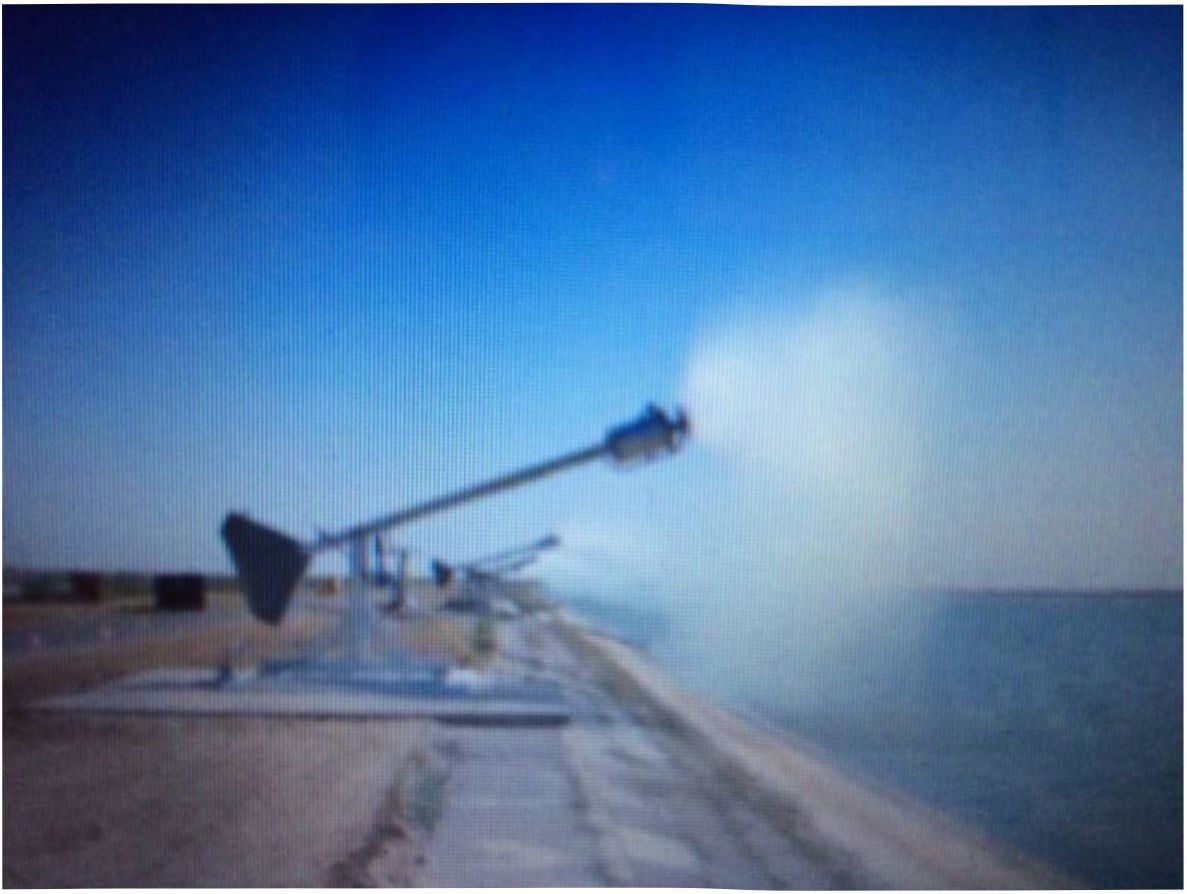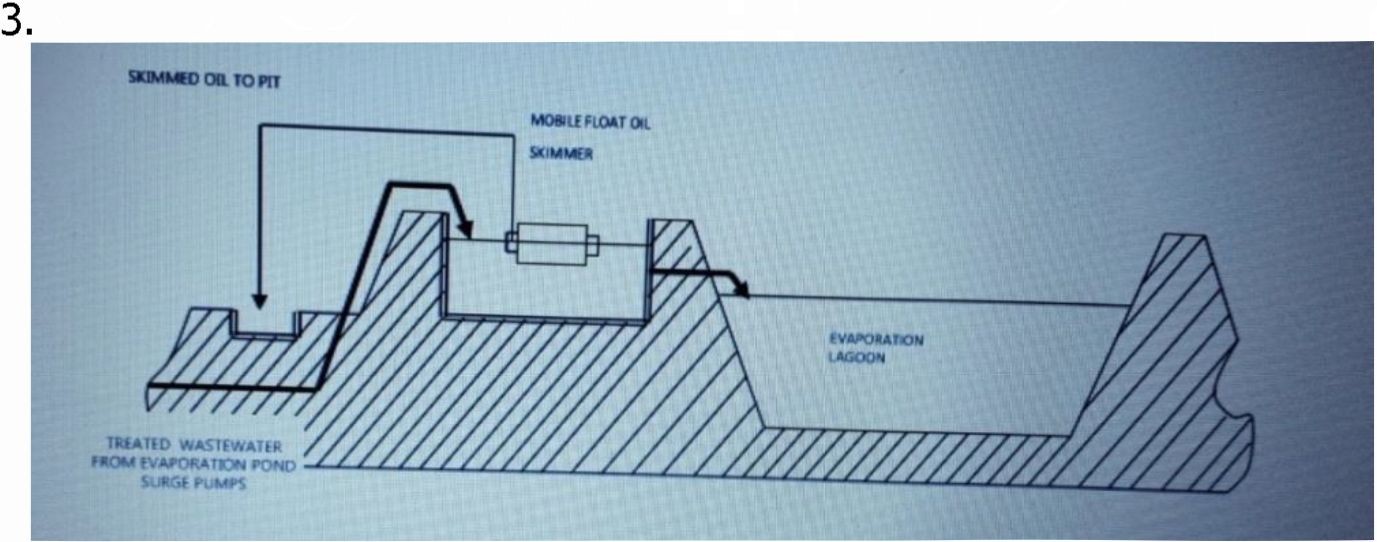Summary
The activities of man, like any other living being, are invariably accompanied by the allocation of a considerable amount of natural waste. In modern conditions, almost all of them are carried away by the waters of sewer flow. Finally, it is almost impossible for our civilization to imagine without a huge number of factories and other enterprises that also produce a lot of sewage. Waste water treatment is a process, after passing through the drains are suitable for use for technical purposes or return to the environment without affecting the further use of the liquid. (6- p. 40; 8- p. 16).
Introduction
The treatment facilities are one of the key means of protecting the environment from pollution. Sewage infrastructure serves as drainage for untreated sewage, serving residential, commercial and industrial buildings. Further, the contaminated mass is sent to the filtration and disinfection systems. At this stage, water is prepared for subsequent flow into the ground. Today, different configurations of sewage treatment plants are used, differing in technical and operational parameters. The structure and characteristics of the infrastructure determine the methods of management and maintenance of such complexes. The water and sewerage industry, as a primary function, performs wastewater treatment. During the technological operation period, reliable and stable operation of structures with specified parameters is maintained. The maintenance staffs tasks include regular prevention of leaks, losses and minimization of irrational use of water resources. Depending on the composition of the infrastructure, not only purification, but also regulatory functions can be performed. Modern systems of quality control of the sewage system are equipped with automatic devices that allow saving energy and labor costs for maintenance of drainage networks. At the same time, treatment plants at all stages of start-up and adjustment activities and in the process of operation must comply with the rules approved by architectural and technical and sanitary services. (1- p. 12; 5- p. 11).
The indicators of the sanitary and chemical analysis of the composition of waste water allow one to assess the possibility of using certain methods and technologies for water purification. For treatment plants, the most important tasks of the sanitary and chemical analysis are to monitor the cleaning processes and evaluate the efficiency of each facility. (2- p. 25).
k full sanitary-chemical analysis of water is carried out at biological treatment stations, usually once every 10 days. This analyzes the average daily samples entering the wastewater station and samples of sewage after each purification step. Based on the results of the analysis, the efficiency of the treatment plant as a whole and of individual structures is calculated. In addition, the average daily costs of sewage and effluent water coming to the station are measured. (4- p. 17)
Each indicator of water quality is linked in a certain way with other indicators. An integrated assessment of the composition of water can be made only on the basis of a comparison of all indicators of sanitary and chemical analysis. However, depending on the purpose of the analysis, the most significant indicators can be identified. The calculation of the required degree of purification, first of all, is performed on the basis of indicators of suspended matter and on biochemical oxygen consumption. (3- p. 21).
Main part
Sewage from all production sites is supplied via pipeline or delivered via specialized transport to wastewater treatment plants located on the territory of the camp "Samal" and in the Utility area of the Company. The whole process of water purification includes a combination of mechanical, biological and physicochemical purification steps (oxidation, filtration, dosing of chemicals). Water samples are taken at different stages before the process (Table 1) and after cleaning (Table 2) to monitor the efficiency of the treatment plants and ensure compliance with the approved limits. (Last Analysis was provided by NCOC N.V., Chemical Laboratory at Karabatan area on 27.02.2018).
 Table 1.
Table 1.
155
The treated sewage sludge is dried / dehydrated and collected in containers, which are then disposed of by the waste management company. Water after cleaning is discharged into storage ponds for natural evaporation. (Shown in Figure 1).

Figure 1.
There are 2 evaporation ponds in the Karabatan area with a working volume of 267,078 m3. The construction of ponds prevents pollution of soil and groundwater. Monitoring of wells was established to monitor the quality of the groundwater composition and timely response to a breach of pond integrity. In order to accelerate the process of natural evaporation and prevent the use of land resources for the construction of new ponds in ponds, mechanical evaporation plants were installed. (Shown in Figure 2).
Figure 2.

Industrial wastewater that cannot be reused at the Bolashak plant will be located on the Liquid Waste Disposal Site which includes 9 rectangular-shaped evaporation ponds (sections), each measuring 410 m by 308 m located on a distance of 4.5 km to the southeast from the Bolashak plant. The working hydraulic depth is taken at 1.3 meters, taking into account the discharge of the runoff and zero evaporation in the winter. The height of the embankment above the surface of the water is taken at 0.7 meters to avoid overfilling. The working volume of each section is 167,830 m3. The total area of storage sections at the site of liquid technological waste disposal is 127.5 ha. To avoid contamination of the lower layers of the soil, the storage sections of the site for the disposal of liquid process waste are equipped with a waterproof propylene membrane seal, laid on clay soil and having a thickness of 200 mm. A layer of clay soil / loam with a thickness of 500 mm is laid over the cover / film. (Shown in Figure 3-4).

On the Karabatan site, a watertight barrier was created on the evaporator ponds to prevent leakage of liquid waste. There is a comprehensive program of environmental monitoring using a number of special monitoring wells for detailed studies of potential impacts on groundwater.
Figure 4.

In accordance with the existing codes, regulatory documents and environmental legislation, design solutions provided for the necessary technological solutions and a set of organizational procedures will help reduce the impact on the environment. Also, the use of evaporation ponds is an internationally recognized technology for handling wastewater.
Conclusion
Protection of water resources from depletion and pollution and their rational use for the needs of the national economy is one of the most important problems requiring urgent solution. Great attention is paid to improving the efficiency of industrial sewage treatment. Significantly reduce the pollution of water discharged by the enterprise can be through the separation of valuable impurities from wastewater, the complexity of solving these tasks at chemical industry enterprises is in the variety of technological processes and products. Analysis of wastewater samples is required when drawing up a plan for treatment plants, assessing its effectiveness and checking the quality of treatment of incoming wastewater. All researches are carried out by specialists in special laboratories on precise equipment. (7- p. 74; 9- p. 7).
Thus, the protection and rational use of water resources is one of the links in the complex global problem of nature protection. (10- p. 86).
Literature list:
- Turovski I.S. Treatment Ofsewage sludge M.: Stroyizdat. 1984. - p. 12.
- Zhukov A.I. Mongait I.L., Rodziller I.D. Methods for cleaning industrial Waste water M.: Stroyizdat. 1996. - p. 25.
- Yevilovich A.Z. Utilization Ofsewage sludge M.: Stroyizdat. 1984. - p. 21.
- Bannikov A.G. Rustamov A.K. Vakulin A.A. Environmental protection M.: Agropromizdat. 1987. - p. 17.
- Kapinos P.I. Panesenko N.A. Protection of Nature Kiyev: "Higher school" 1991. -p. 11.
- Environmental protection edited by Duganov G.V. Kiyev: "Higher school" 1991. - p. 40.
- Integrated use and protection of water resources. Edited by Yushmanov O.A. M.: Agropromizdat. 1985. - p. 74.
- Methods for protecting inland waters from pollution and depletion. Edited by Gavich I.K. M.: Agropromizdat. 1985. - p. 16.
- Protection of industrial waste water and utilization of sludge. Edited by Sokolov V.N. M.: Stroyizdat. 1992. - p. 7.
- Engineering protection of the aquatic environment I Vetoshkin A.G. - publishing house «Lan'», 2014. - p. 86.